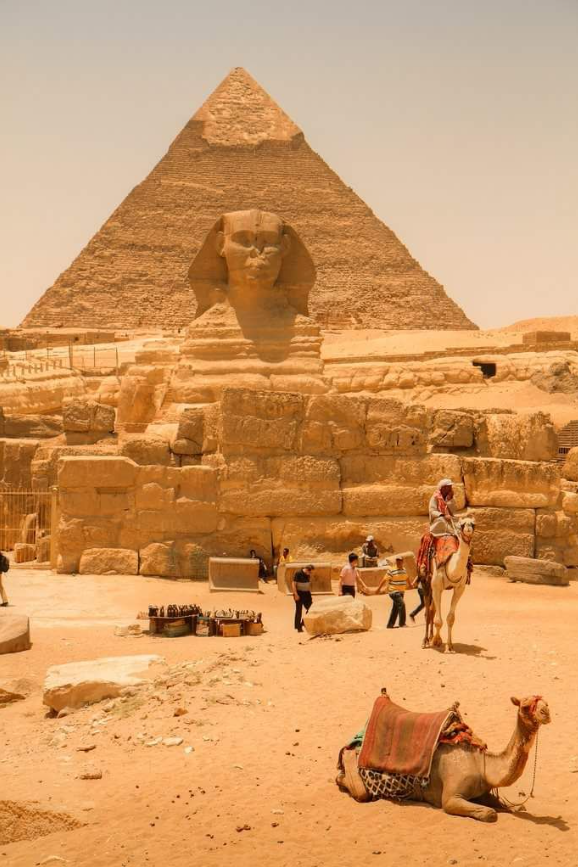Fact vs. Folklore
The Great Sphinx of Giza, a monumental figure shrouded in mystery, stands proudly on the Giza Plateau in Egypt and has fascinated people for ages. Among its many intriguing characteristics is its notably absent nose. This bizarre aspect has led to a variety of myths and theories regarding the circumstances of the Sphinx losing this facial feature. In this piece, we will delve into some of the most prominent explanations, differentiating between legend and historical facts.
The Legend of Napoleon’s Army
One widely circulated narrative suggests that the absence of the Sphinx’s nose is the result of artillery practice by Napoleon Bonaparte’s troops during their Egyptian campaign in the late 18th century. However, historical analysis dispels this myth. Illustrations predating Napoleon’s arrival, such as those by Danish explorer Frederic Louis Norden in 1737, depict the Sphinx already missing its nose, indicating that the damage occurred well before the French invasion.
Religious Vandalism in the 14th Century
Another account comes from 15th-century Arab historian al-Maqrizi, who stated that in 1378, a Sufi mystic named Muhammad Sa’im al-Dahr destroyed the Sphinx’s nose. Allegedly enraged by locals who offered tributes to the statue in hopes of better harvests, he considered their actions idolatrous and defaced the Sphinx to end what he viewed as paganism. His act of vandalism ultimately led to his execution.
Natural Erosion Over Time
Some scholars propose that the loss of the Sphinx’s nose may have been due to natural erosion. Over the centuries, the statue has endured the elements—wind, sand, and temperature fluctuations—which could have gradually worn down features like the nose. Yet, the presence of tool marks around the area suggests that the damage was inflicted intentionally rather than simply caused by natural wear.
Political Motivations and Intentional Damage
The tumultuous history of Egypt has often seen regime changes that led to the defacement of symbols associated with previous rulers. The Sphinx, thought to represent a pharaoh, may have been deliberately damaged for political reasons. Some speculate that removing the nose was intended to diminish the lasting influence of a former dynasty. However, there is a lack of solid historical evidence to firmly support this theory.
Enduring Myths and Misunderstandings
In addition to the Napoleon theory, other common myths suggest the Sphinx’s nose succumbed to natural disasters such as earthquakes. However, both historical records and existing physical evidence contradict these claims. The story of cannonball damage, although popular, likely gained traction due to its dramatic flair rather than factual foundation.
Conclusion
The question of how and when the Great Sphinx of Giza lost its nose remains a captivating mystery for historians, archaeologists, and visitors alike. While the most credible explanation points to the vandalism associated with religious fervor in the 14th century, a conclusive answer is still not fully within reach. Nevertheless, the absence of its nose does not detract from the Sphinx’s importance or allure; rather, it enhances the enigma surrounding this ancient wonder.



